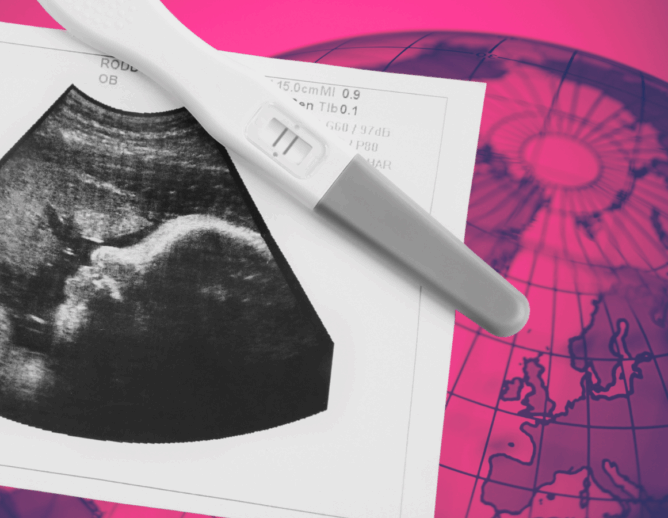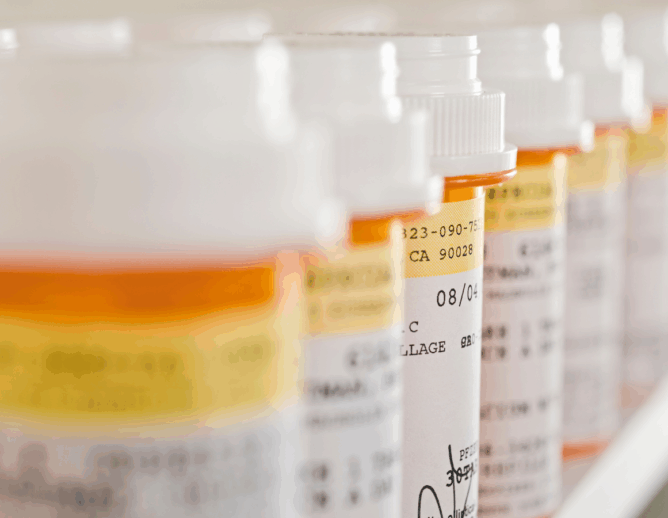Introduction
To address the global COVID-19 pandemic, the World Health Organization (WHO) established the Access to COVID-19 Tools Accelerator (ACT-Accelerator) in April 2020. This global collaboration was created to speed up the development and production of COVID-19 tests, treatments, and vaccines and to ensure fair access to these tools for every country.
The ACT-Accelerator had four main pillars:
- Diagnostics: To enhance testing capabilities
- Treatments: To develop and distribute effective COVID-19 treatments
- Vaccines: To accelerate the development and distribution of COVID-19 vaccines
- Health Systems and Response Connector: To support health systems in responding to the pandemic.
Formation and Goals of COVAX
Launched as the vaccine pillar of the ACT-Accelerator, COVAX was designed to address the challenges that developing countries faced in accessing and administering COVID-19 vaccines. This partnership included the following organizations:
- CEPI (Coalition for Epidemic Preparedness Innovations): Focused on vaccine research and development
- Gavi, The Vaccine Alliance: Managed global procurement and delivery of vaccines
- WHO: Provided guidance on vaccine policy, safety, and distribution
- UNICEF: Handled the international transport and delivery of vaccines
COVAX’s goal was to ensure that vaccines would be available to all countries — regardless of their income level — by pooling resources and distributing them fairly across countries. Wealthy nations had to finance their own vaccines, while lower-income countries could access them through subsidies and donations.
COVAX Facility and Distribution Challenges
The COVAX Facility was central to the global collaboration’s strategy, designed to pool vaccine procurement and ensure equitable distribution. The facility gathered vaccine demand from participating countries and negotiated bulk purchases from manufacturers. This collective approach aimed to secure vaccines at favorable prices, ensuring that no country was left behind.
The facility’s main objective was to ensure fair vaccine distribution through two main arrangements:
- Committed Purchase Agreements, in which countries committed to buying allocated vaccines
- Optional Purchase Agreement, in which countries had the choice to buy allocated vaccines or opt for other options
Ninety-two low-income countries were eligible for subsidized vaccines through the Advance Market Commitment (AMC), which granted donor-funded vaccines for up to 20% of their populations. Wealthier countries financed their own vaccines, with COVAX guaranteeing doses for 10-50% of their populations based on their financial contributions.
Problems and Criticisms
Several issues emerged over time mainly around vaccine hoarding and distribution challenges. Wealthy countries entered into bilateral agreements with vaccine manufacturers, effectively cornering the market and limiting the supply available for COVAX. This vaccine hoarding undermined the collaboration’s ability to secure enough vaccines for lower-income countries, disrupting the global distribution plan. Logistical issues, such as inadequate storage facilities and personnel shortages, further hampered vaccine distribution. Many COVID-19 vaccines needed to be stored at very low temperatures. However, developing countries often lacked the infrastructure to maintain these cold chains, which is essential for vaccine stability and effectiveness.
Furthermore, there were shortages of proper storage facilities and trained personnel to handle and administer vaccines. These logistical constraints delayed vaccine rollouts and increased the risk of vaccine wastage in countries. By December 2021, some developing countries had to reject around 100 million doses from COVAX due to their short shelf life and lack of storage capacity. Additionally, over 15 million doses had to be destroyed because they expired before use.
COVAX’s allocation system aimed to balance two competing values — ensuring equitable access and addressing the greatest need. From February 2021 to March 2022, the first phase of allocation provided each country with a fixed number of vaccines per capita, intended to ensure that every country received a fair share. The second phase, which began in April 2022, allocated vaccines based on the severity of COVID-19 outbreaks in different countries. This approach sometimes conflicted with the initial equitable access strategy, which led to criticism that COVAX did not fully address the specific needs of the most affected regions.
Liability and Compensation
Vaccines, while generally safe, can occasionally cause serious adverse effects. To manage the financial risks associated with vaccine use, manufacturers required governments receiving vaccines through COVAX to indemnify against financial losses from vaccine use. For many developing countries, this financial risk was too high. To address this, COVAX established the No-Fault Compensation Program.
The COVAX No-Fault Compensation Program is the world’s first international vaccine injury compensation mechanism, and it compensates individuals in AMC-eligible countries who suffer severe adverse effects from COVID-19 vaccines. The program is funded by donations and insurance and managed by an independent claim administrator. It reduces financial risk by helping governments avoid the financial burden of indemnifying manufacturers. Once submitted through an online portal, claims are assessed based on the likelihood of probability rather than requiring proof of causation. Ultimately, through this program, COVAX provides compensation by offering a fair, fast process for individuals to receive compensation without proving fault.
Lessons for the Future
The experience with COVAX in the global COVID-19 response highlights the importance of addressing vaccine liability and compensation before a new pandemic emerges. Key lessons include:
- Expediting the development and approval of vaccines
- Improving logistical planning to ensure adequate storage and distribution infrastructure
- Implementing no-fault compensation mechanisms to encourage vaccine uptake and mitigate financial risks for countries and manufacturers.
COVAX was a crucial effort to ensure global access to COVID-19 vaccines, particularly for developing countries. Despite the many challenges it faced, COVAX’s innovative approach to vaccine distribution and liability has provided valuable lessons for how the world should respond to future global health crises.
DISCLAIMER: The views and opinions expressed in this piece are those of the author and do not reflect the views of the O’Neill Institute.



